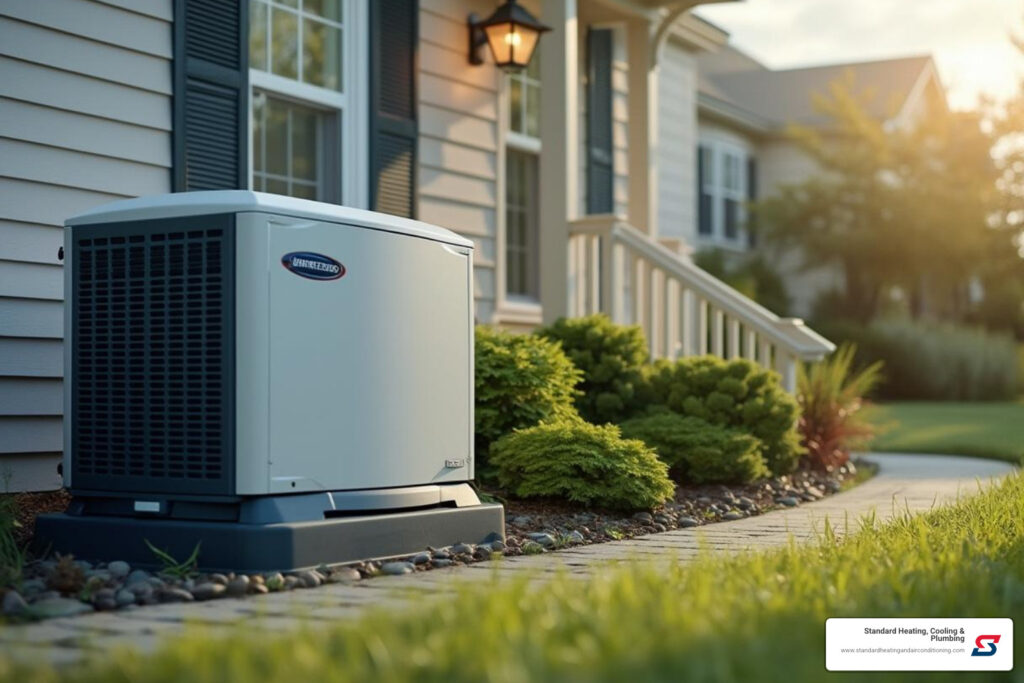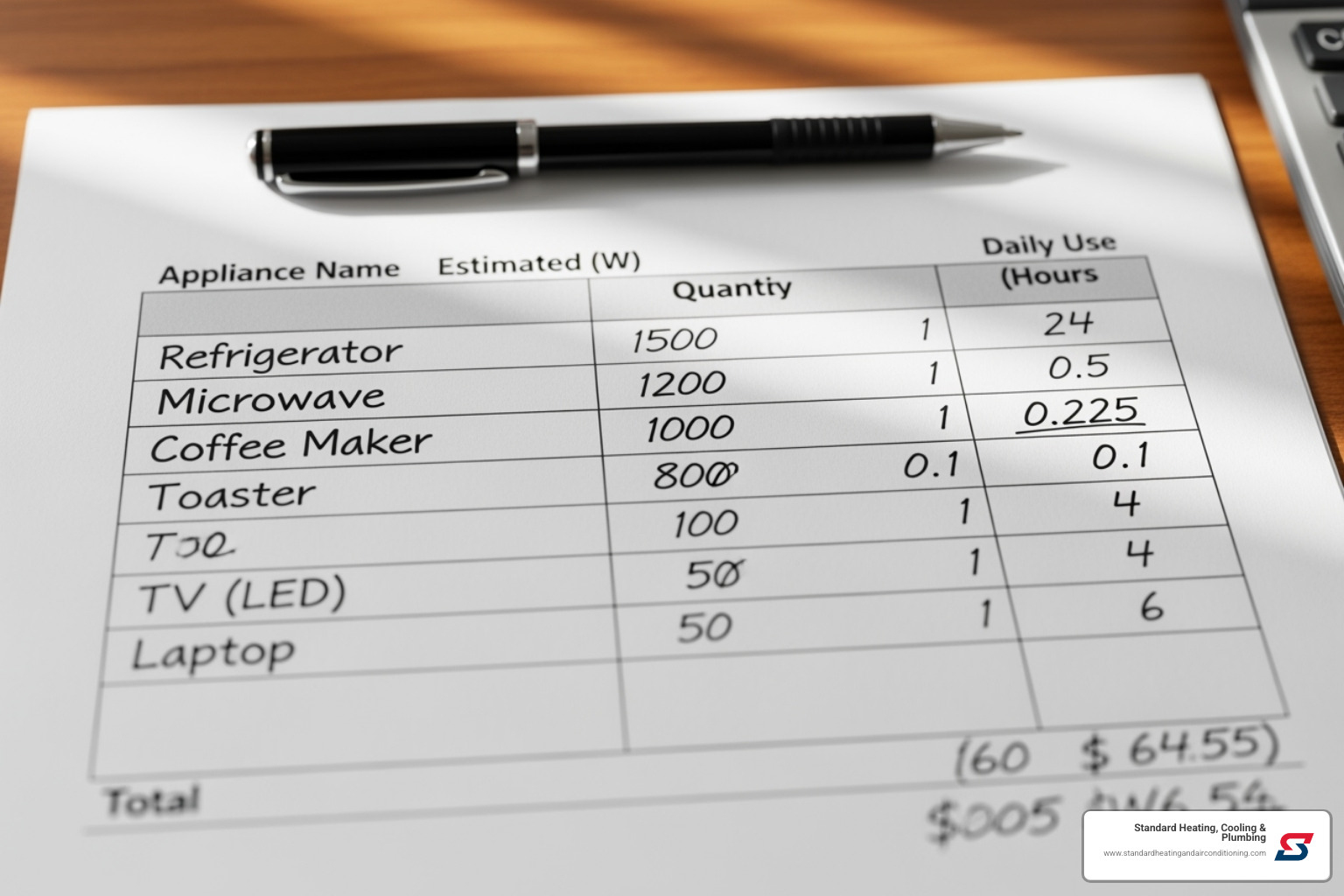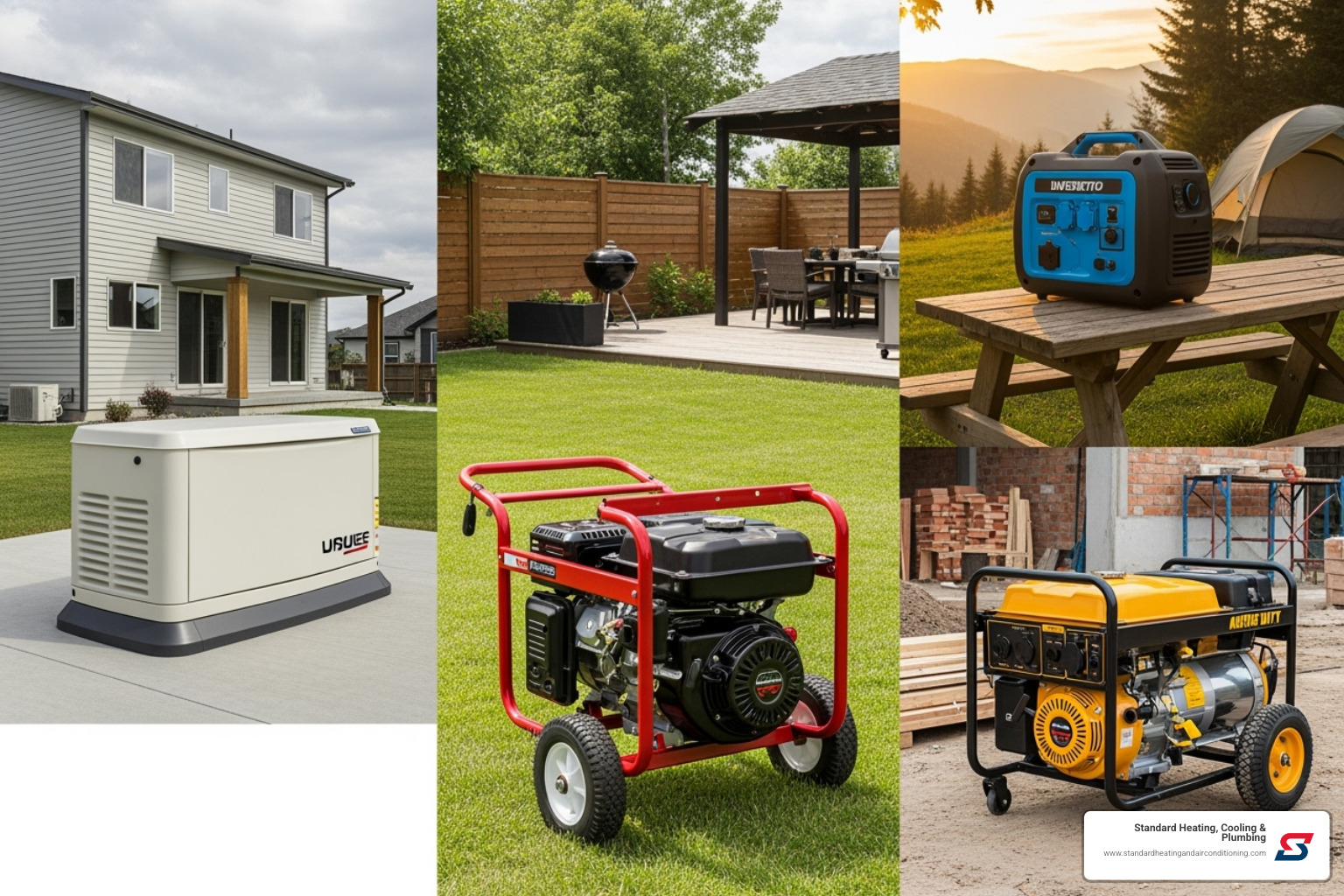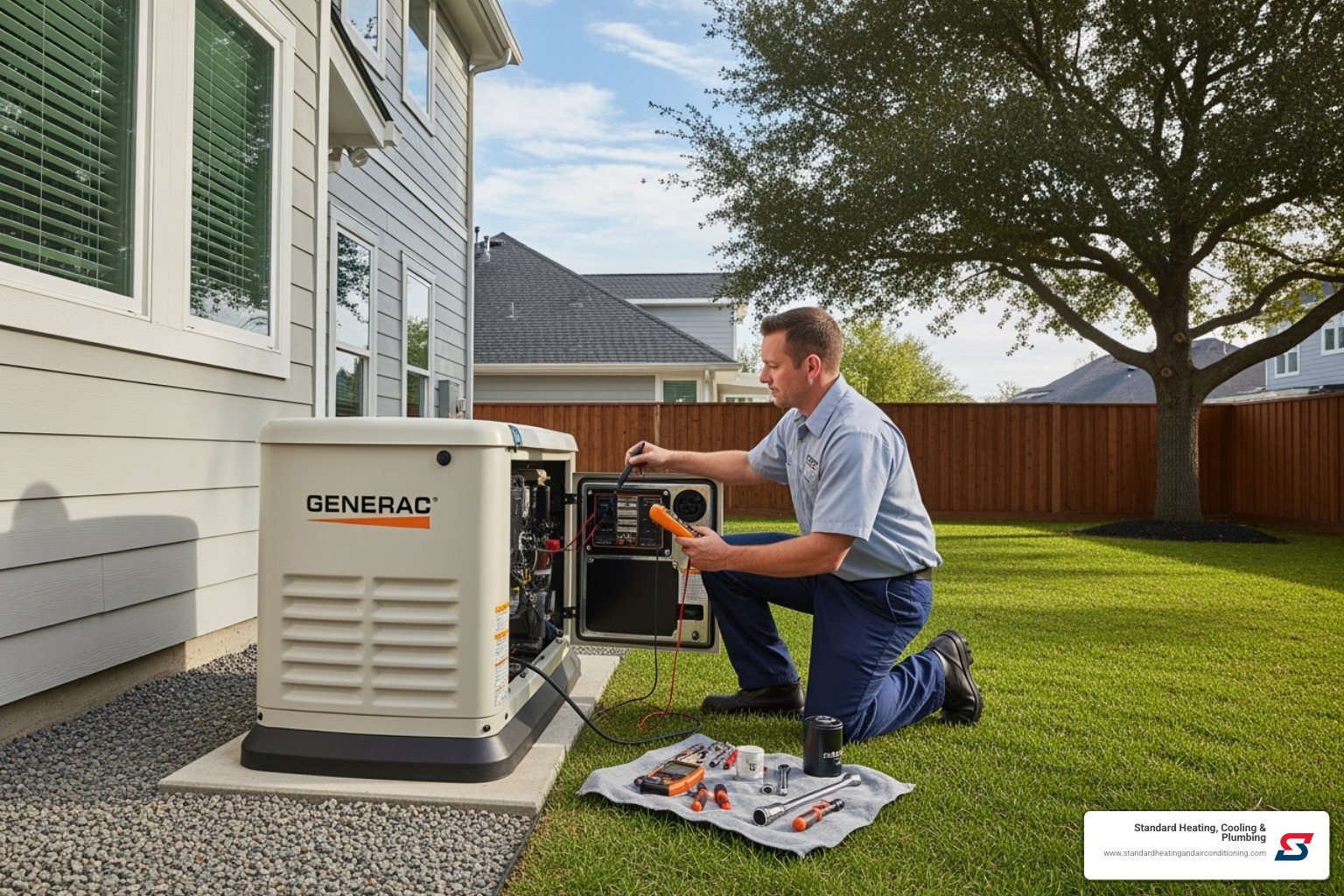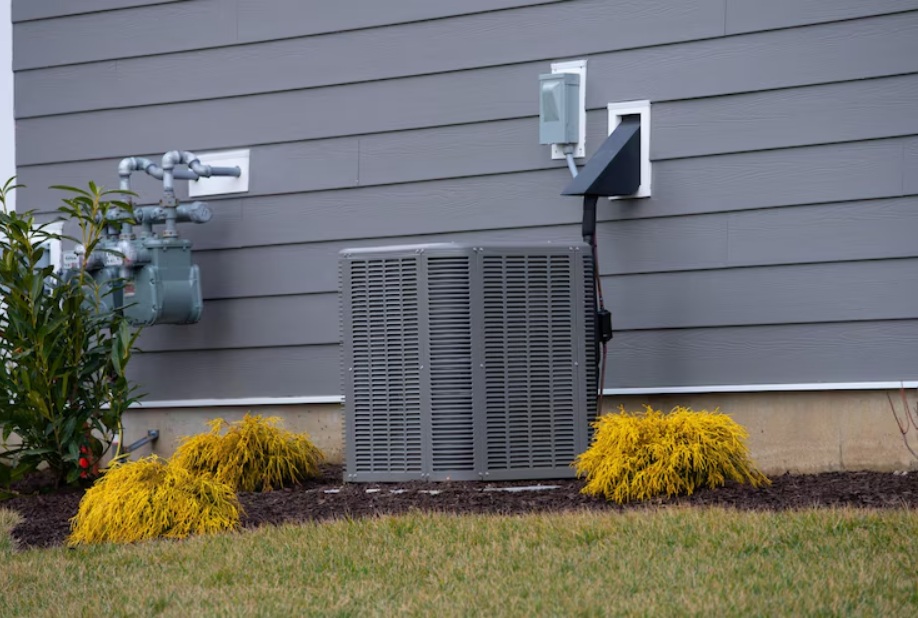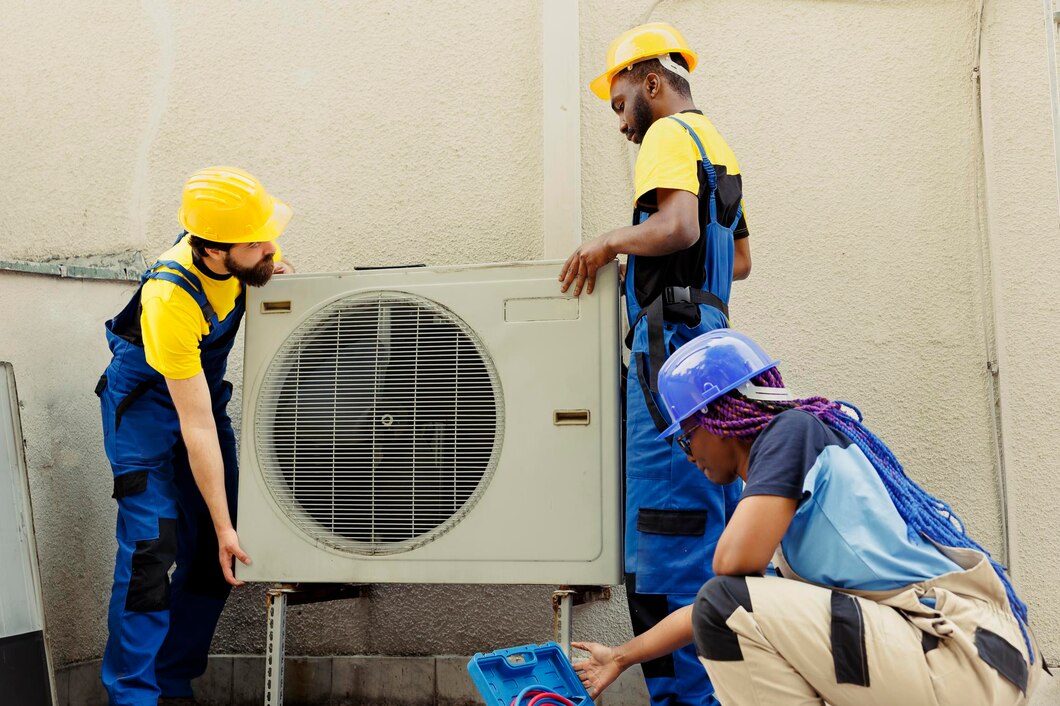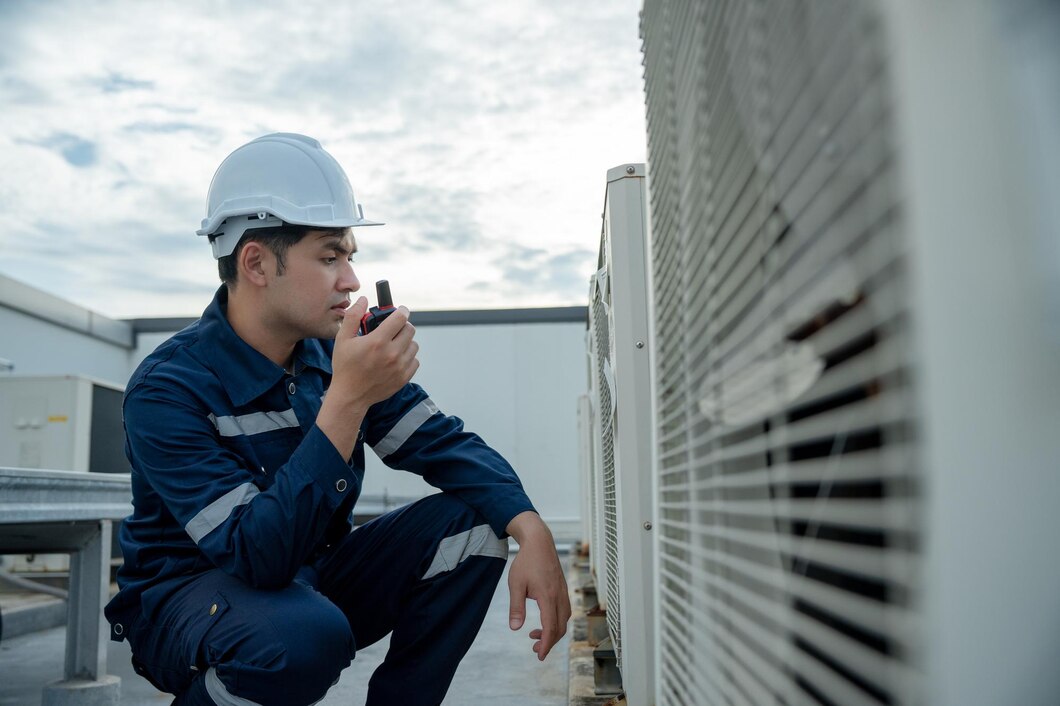Why Home Backup Power Has Never Been More Important
The best home generators provide essential backup power when the electrical grid fails, protecting your family during outages. Here are the top categories:
For Whole-Home Protection:
- Home Standby Generators (13,000-25,000W): Automatic operation, powered by natural gas/propane for complete home backup, including HVAC and major appliances.
For Essential Power Needs:
- Portable Generators (5,000-10,000W): Manual operation, gasoline/dual-fuel for refrigerators, sump pumps, and key circuits.
For Quiet Operation & Electronics:
- Inverter Generators (1,500-7,600W): Clean, fuel-efficient power for sensitive electronics, camping, and quiet neighborhoods.
For Indoor Use & Short-Term Needs:
- Portable Power Stations (1,200-1,500W): Battery-powered with solar charging for electronics and medical devices during short outages.
Power outages are increasingly common and costly. In 2022, U.S. consumers averaged 5.5 hours of interruptions, with financial impacts ranging from spoiled food to frozen pipes and flooded basements.
Without backup power, a single extended outage can cost thousands in property damage.
The right generator depends on your needs and budget. Whether you want whole-house coverage or just the essentials, there’s a solution that fits.
Understanding Your Power Needs: How to Size Your Generator
Finding the best home generators starts with understanding how much power you need. Sizing your generator correctly ensures you have enough power without overspending. With U.S. consumers experienced more power outages in recent years, proper sizing is a smart investment in your home’s security.
Step 1: Identify Essential Appliances
First, decide what must keep running during an outage. This is about protecting what matters most, not powering everything. Key items include:
- Refrigerator/Freezer: Prevents food spoilage.
- Sump Pump: Protects your basement from flooding.
- HVAC System: Keeps your home safe in extreme temperatures and prevents frozen pipes.
- Well Pump: Essential if you rely on a well for water.
- Medical Equipment: Non-negotiable for those with health needs.
- Lights: For basic safety and navigation.
Step 2: Calculate Total Wattage
Every appliance has two power ratings:
- Running Watts: The continuous power an appliance uses.
- Starting Watts (Surge Watts): The extra power needed to start motors.
To calculate your needs, list your essential appliances and find their wattage ratings (on the label or online).
- Add up the running watts for all appliances you’ll use simultaneously.
- Identify the single highest starting wattage from your list.
- Add the total running watts to the single highest starting wattage. (Example: 6,600 running watts + 2,900 highest starting watts = 9,500 total watts).
- Add a 10-20% buffer to this total. This safety margin prevents overloading and extends your generator’s life.
Step 3: Match Wattage to Generator Size
With your total wattage calculated, you can choose the right size:
- Small (3,000-5,000W): Good for basics like the refrigerator, lights, and charging devices.
- Medium (5,000-10,000W): Ideal for most families, handling essentials like the refrigerator, sump pump, furnace, and lights.
- Large (10,000-25,000W+): Powers the entire home, including central AC and major appliances, often with an automatic transfer switch for seamless operation.
Most families find that powering essentials provides the most value during an outage.
Common Home Appliances – Typical Wattage Requirements:
- Refrigerator: 150-400 running watts, 800-1200 starting watts
- Sump pump (1/2 HP): 1050 running watts, 2150 starting watts
- Furnace fan: 600-875 running watts, 2350 starting watts
- Window AC (10,000 BTU): 1200 running watts, 3600 starting watts
- Well pump (1/2 HP): 1000 running watts, 2100 starting watts
- LED lights (10 bulbs): 100 running watts
- Microwave: 1000 running watts
- Coffee maker: 1000 running watts
A Guide to the Different Types of Home Generators
Choosing the best home generators means matching your needs to the right type of machine. There are four main types, each with distinct advantages.
Understanding these differences will help you find the perfect fit for your home.
| Generator Type | Power Output Range | Typical Fuel Type | Best Use Case |
|---|---|---|---|
| Home Standby | 5,000 – 25,000+ watts | Natural Gas, Liquid Propane | Whole-home backup, seamless automatic power, long-term outages |
| Portable | 1,000 – 9,500 watts | Gasoline, Propane, Diesel | Essential appliances, job sites, camping, temporary power |
| Inverter | 1,000 – 7,000 watts | Gasoline, Propane | Sensitive electronics, quiet operation, RVs, camping |
| Portable Power Station | 100 – 5,000 watts | Battery (rechargeable) | Indoor use, small electronics, short outages, eco-friendly, quiet |
Home Standby Generators
These are permanent installations connected directly to your home’s electrical system for ultimate convenience.
- Automatic Operation: They sense an outage and turn on automatically within seconds, then shut off when utility power returns.
- Permanent Installation: Professionally integrated with an automatic transfer switch for seamless power, this is not a DIY project.
- Natural Gas or Propane Fuel: They connect to your home’s natural gas line or a large propane tank, providing a long-term fuel source for extended outages.
- Higher Power Output (5,000-25,000W+): Capable of powering your entire home, including central AC, heating, and all major appliances. The Importance of a Whole Home Generator explains how this provides total comfort and safety.
Portable & Inverter Generators
These versatile units offer flexibility and are a more budget-friendly entry into backup power.
- Manual Operation: You must start them and connect appliances, often via extension cords or a manual transfer switch.
- Gasoline or Dual-Fuel: Most run on gasoline, while dual-fuel models can also use propane, which has a longer shelf life.
- Lower Cost & Portability: They are less expensive than standby units and can be used for home backup, job sites, or camping.
Inverter technology is a key feature for modern needs. Inverter generators produce clean power safe for sensitive electronics like laptops and TVs. They are also more fuel-efficient and significantly quieter than traditional models, making them ideal for neighborhoods.
Portable Power Stations
These are essentially large, rechargeable batteries that provide silent, fume-free power.
- Battery-Powered: No engine means no noise, no fumes, and no fuel. They are safe for indoor use.
- Solar Charging Capability: Many can be recharged with solar panels, offering a renewable power source off the grid.
- Silent Operation: Their quiet performance is perfect for apartments, bedrooms, or anywhere noise is a concern.
- Lower Power Output (100-5,000W): Best for short-term needs like charging phones and laptops, running medical devices, or powering small appliances. They won’t run your whole house but will keep you connected.
Our Roundup of the Best Home Generators by Use Case
When choosing from the best home generators, look for key features like an Automatic Transfer Switch (ATS), low noise levels (dB), remote monitoring, fuel efficiency, and CO-shutoff sensors. Matching the right generator to your needs is crucial.
Best for Complete Home Security: Whole-House Standby Generators
For seamless, uninterrupted power, a whole-house standby generator is the top choice.
- Powers Entire Homes: These units can run everything from central air conditioning and heating to all your major appliances. Life continues as normal during an outage.
- Automatic Start: They activate within seconds of a power failure, so you might not even notice the grid went down. No need to go outside or run extension cords.
- Peace of Mind: This solution protects against costly damage like spoiled food, burst pipes, or flooded basements, providing ultimate security.
- Power Output: Typically 13,000W to 25,000W or more, they can handle the demands of large homes.
Best for Powering Essentials: Mid-Size Portable Generators
If you only need to power critical systems, a mid-size portable generator offers a practical balance of function and cost.
- Runs Key Appliances: They provide enough power for essentials like the refrigerator, sump pump, furnace fan, and some lights, preventing the most common outage-related problems.
- Manual Transfer Switch: Many homeowners pair these with a professionally installed manual transfer switch. This allows you to safely power selected home circuits, eliminating the hassle and danger of multiple extension cords.
- Power Output: Ranging from 5,000W to 10,000W, they cover critical needs without the cost of a whole-house system.
Best for Sensitive Electronics & Quiet Operation: Inverter Generators
For powering modern electronics or for use in quiet neighborhoods, inverter generators are the ideal solution.
- Clean Energy Output: Inverters produce “clean” sine wave power, which is the same quality as utility power and is safe for sensitive devices like computers, TVs, and medical equipment.
- Low Noise Levels: Their engines adjust to the power load, making them significantly quieter than traditional generators—some operate as quietly as a normal conversation (around 61 dB).
- Fuel Efficiency: By running only as hard as needed, they consume less fuel, offering longer run times and lower operating costs.
- Parallel Capability: Many models can be linked together to double your power output when you need an extra boost.
Generator Installation, Safety, and Maintenance
Owning one of the best home generators is only the first step. Proper installation, safe operation, and regular maintenance are essential for reliable performance and longevity.
The Installation Process for Standby Generators
Installing a whole-house standby generator is a job for certified professionals, not a DIY project. The process involves:
- Site Preparation: Placing the generator on a level concrete pad with proper clearance for ventilation and away from windows and doors.
- Electrical Work: A licensed electrician must install the automatic transfer switch (ATS) to safely integrate the generator with your home’s electrical panel and prevent dangerous backfeeding.
- Fuel Line Connection: A specialist must safely connect the generator to your natural gas line or a dedicated propane tank.
- Permitting: Most municipalities require permits to ensure the installation meets all local safety and zoning codes.
Our certified technicians at Standard Heating, Cooling & Plumbing have perfected generator installations in the Birmingham area for 85 years, ensuring optimal performance and safety.
Critical Safety Practices
Generator safety is non-negotiable and prevents life-threatening accidents like carbon monoxide (CO) poisoning.
- Outdoor Operation Only: Never run a fuel-powered generator in a garage, basement, or any enclosed area.
- Follow the 20-Foot Rule: Position portable generators at least 20 feet from your home, with the exhaust pointing away from doors, windows, and vents.
- Use CO Detectors: Install working CO detectors on every level of your home. Many new generators have built-in CO-shutoff sensors for added protection.
- Safe Refueling: Always turn the generator off and let it cool completely before adding fuel.
- Proper Grounding: Follow manufacturer guidelines to prevent electrical shock.
Long-Term Care and Lifespan
Regular maintenance ensures your generator is ready when you need it.
- Routine Maintenance: Follow the manufacturer’s schedule. Standby generators typically require annual professional service for oil changes and system checks.
- Regular Test Runs: Run your generator for 15-20 minutes each month to circulate oil and ensure it starts reliably.
- Expected Lifespan: With proper care, a home standby generator can last 10,000 to 30,000 hours, or 25-40 years of typical use.
Neglecting a generator can lead to failure when you need it most. For more tips, see how to Maximize Your Generators Lifespan and Prepare Your Generator for Winter.
Frequently Asked Questions about Home Generators
When choosing the best home generators, homeowners often have similar questions. Here are answers to the most common ones.
How long can a home generator run continuously?
Runtime depends on the generator type and its fuel source.
- Standby Generators: Connected to a natural gas line, they can run for as long as the utility supplies gas. If powered by a large propane tank, they can run for days or weeks, and the tank can be refilled.
- Portable Generators: These typically run for 8 to 12 hours on a full tank of gasoline, depending on the power load. They must be shut down and cooled before refueling.
- Portable Power Stations: Runtime is limited by battery capacity. They can be recharged via solar panels or a wall outlet once power is restored.
What is a transfer switch and do I need one?
A transfer switch is a device that safely connects your generator to your home’s electrical panel. It prevents dangerous backfeeding to the utility lines and eliminates the need for multiple extension cords.
- Automatic Transfer Switches (ATS): Used with standby generators, they detect an outage and switch to generator power automatically.
- Manual Transfer Switches: Used with portable generators, they require you to manually flip a switch to power selected home circuits.
Yes, you need one if you want to power any hardwired systems like your furnace, well pump, or central AC. It is essential for safety and convenience.
How much does a home generator cost?
The cost varies significantly by type and power output.
- Standby Generators: These are the largest investment, factoring in the unit’s price plus substantial professional installation costs for site prep, electrical work, fuel connection, and permits.
- Portable Generators: These are much more budget-friendly upfront. A manual transfer switch can be added later for an additional installation cost.
- Portable Power Stations: Prices vary based on battery capacity and features.
When considering the cost, weigh it against the potential cost of an extended outage, which can include spoiled food, flood damage, or frozen pipes. A generator can often pay for itself after a single major outage. Our team at Standard Heating, Cooling & Plumbing can help you find the right balance for your budget and needs.
Secure Your Home’s Power Today
Power outages are increasingly common and can lead to costly damage from spoiled food, frozen pipes, or flooded basements. This guide has covered how to choose the best home generators, from sizing your needs to understanding the different types available. With the right generator, you can protect your home and keep your family comfortable during any outage.
The key is to select the right solution, whether it’s a fully automatic standby generator, a portable unit for essentials, or a quiet inverter for electronics. Proper installation and maintenance are just as crucial as the generator itself.
At Standard Heating, Cooling & Plumbing, we have helped Birmingham families stay secure for 85 years. Our licensed technicians know that a generator is an investment in your family’s safety and peace of mind.
Don’t wait until you’re in the dark. The best time to prepare is now. Our family-owned business serves Birmingham, AL, and surrounding areas including Alabaster, Chelsea, Gardendale, Helena, Homewood, Hoover, Irondale, Mountain Brook, Pelham, Trussville, and Vestavia Hills. We can guide you through the entire process, from selection and professional installation to ongoing maintenance.
Learn more about our residential generator services in Birmingham, AL and take the first step toward energy independence today.

